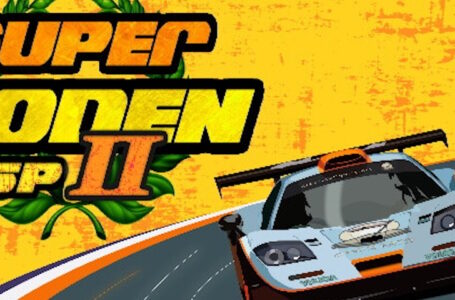The Ghost Train and the terror of the everyday commute
Just recently, we’ve been having a good time looking at the work of Chilla’s Art, a Patreon-funded Japanese developer who makes short-form horror games inspired by the PlayStation and PlayStation 2 era. After exploring Night Delivery and The Convenience Store, today, we take a look at The Ghost Train, which was released in July of 2020.
Like most Chilla’s Art games, in The Ghost Train you take on the role of a distinctly normal-seeming person — in this case one Kensuke Tanaka, a 42 year old salaryman who works for an insurance company as a sales manager. Tanaka works too hard, habitually getting the last train home rather than leaving the office at a reasonable hour, and he seemingly finds comfort in the routine of his daily commute: after entering the station, he visits the toilet, gets a drink and has a smoke, by which point the train usually arrives.
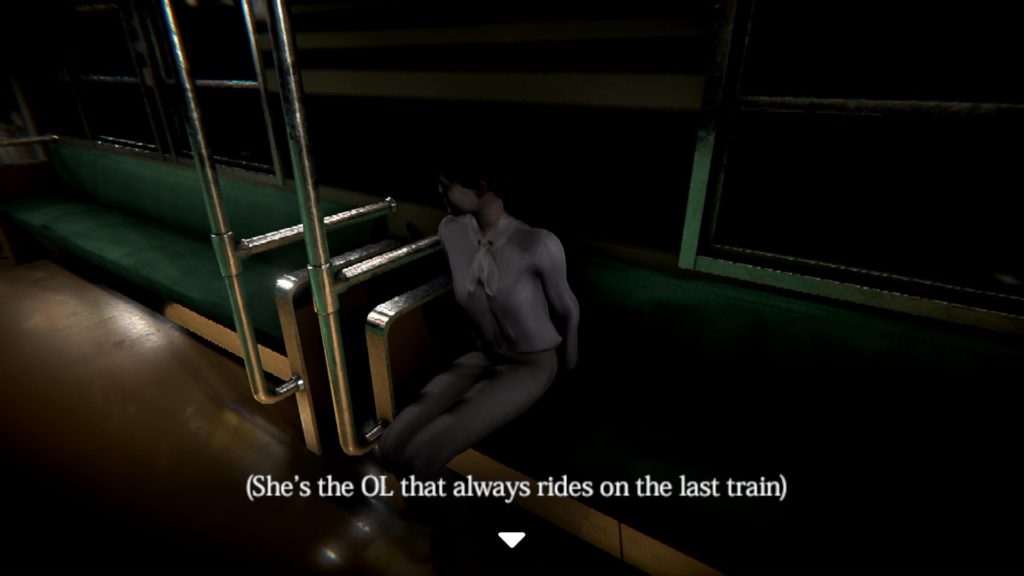
On the train, he sees the same office lady every day, but he never speaks to her. He has his own favourite seat in the corner of the second carriage of the train, and life continues day after day in this humdrum manner.
As we join the story, Tanaka is going through his usual routine, but this is disrupted by the fact that the train passes right through his usual station, meaning that he’ll need to get a taxi home. The railway company promises to compensate him for the inconvenience, but he’s not sure he can be bothered to pursue a complaint; he just wants to get home.
As the nights pass, things get increasingly odd, and it becomes clear that Tanaka is having a certain amount of difficulty distinguishing between things that are real and things that are in his mind. There are several sequences where it’s not altogether clear if we’re experiencing a dream sequence, or if what we’re witnessing is really happening; there are certainly times where other people make reference to the fact that Tanaka has been asleep, but in the moment everything feels very “real”.
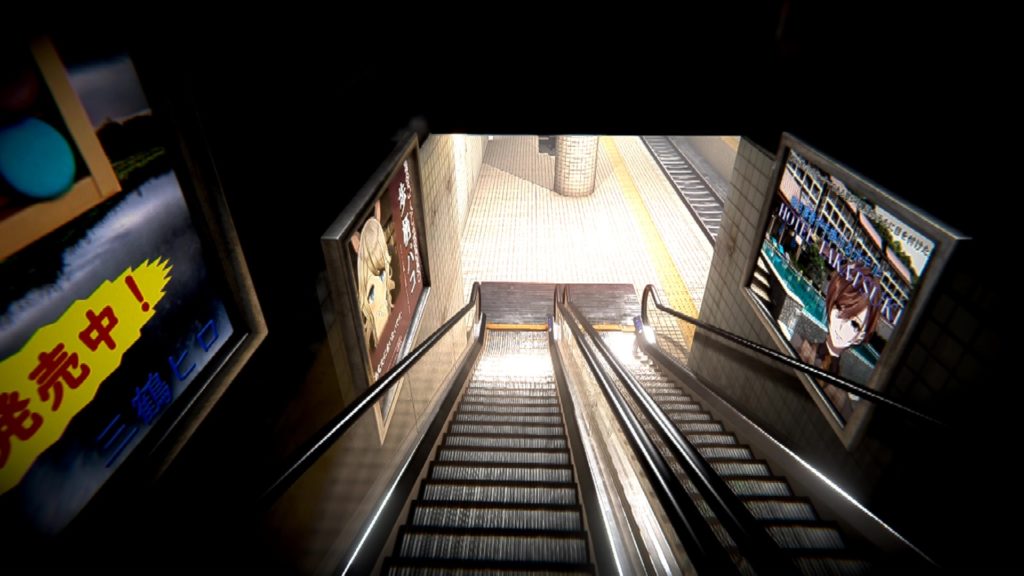
This is what makes The Ghost Train work well as a horror game. The whole thing is designed to be as immersive as possible, so as you work your way through Tanaka’s story, you’ll find yourself experiencing a variety of events — and while you might question the plausibility of some of them, while you’re in the middle of them you’ll feel like they’re actually happening. And indeed these questions over what is real and what is inside Tanaka’s head persist right up until the end of the story, which manages to provide some intriguing revelations about his living situation without actually confirming or denying anything.
I’m being deliberately vague about all this because as with Chilla’s Art’s other work, the entire joy of The Ghost Train is in experiencing it for yourself and discovering all the detail in the small but lovingly crafted little world in which the story unfolds. We see little more than the station Tanaka visits every day and the inside of the same old train he rides home, but both of these environments are packed with convincing detail and feel like real places. They’re unsettling in that there are very few other people in them — but if you’ve ever been down the subway in the middle of the night, you’ll recognise this feeling of discomfort as being alarmingly authentic.
The other element that stands out in terms of The Ghost Train making things deliberately unsettling is how it makes such excellent use of Tanaka’s routine. After establishing the routine over the course of the first couple of in-game “days”, the rest of the game proceeds to gradually disrupt this routine little by little, which is a surprisingly effective means of representing how Tanaka is sinking deeper into the overall horror of the story.
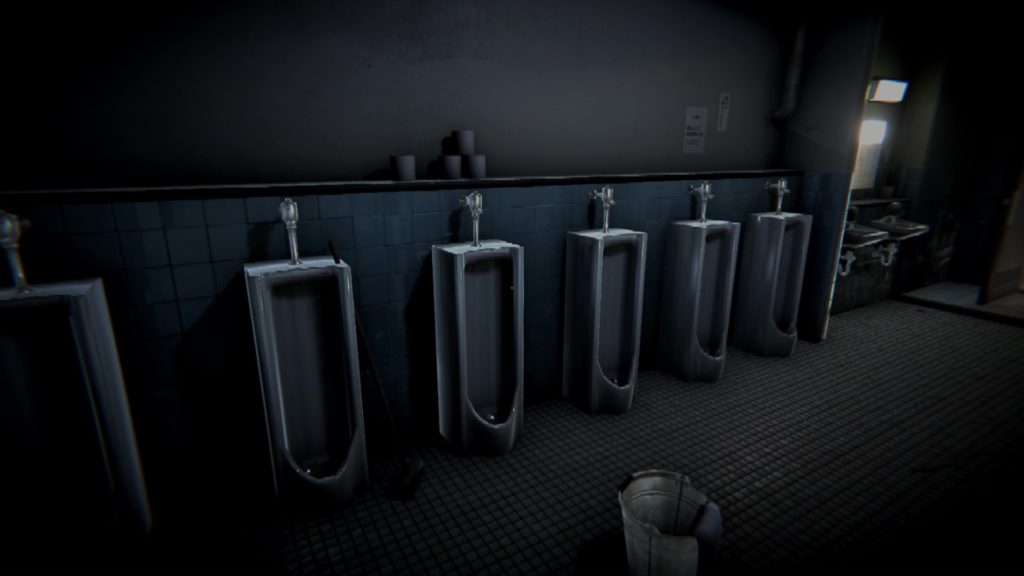
Much like in Chilla’s Art’s other games, there’s a strong emphasis on spectacularly good sound design as a key part of The Ghost Train’s core experience. Over the course of the narrative as a whole, deliberately “out of place”-seeming sound effects keep you on your toes without ever descending into jump scares, and a particularly clever puzzle towards the latter end of the game requires you to parse out subtle audible clues in order to progress further.
Presentation-wise, The Ghost Train follows suit for many of Chilla’s Art’s other titles by deliberately attempting to recreate a low-resolution PlayStation 2-style aesthetic — though interestingly the first time I booted the game up it ran in high resolution and actually looked rather lovely. Touching anything in the options caused it to revert to its “proper” pixelated style, however — and to be honest, this look and feel seems much more appropriate for the overall vibe it’s trying to create.
While the game isn’t explicitly trying to pay homage to something like Silent Hill, the idea of a psychological horror game unfolding in a realistic environment that occasionally becomes somewhat “twisted” from reality has some obvious parallels, so the PlayStation 2-esque aesthetic definitely makes sense. And the somewhat ambiguous story will likewise appeal to fans of Konami’s classic, too; while the game doesn’t leave things so vague as to be unsatisfying, there are a few elements that are left up to interpretation, particularly if you manage to score the game’s “good” (relatively speaking) ending.
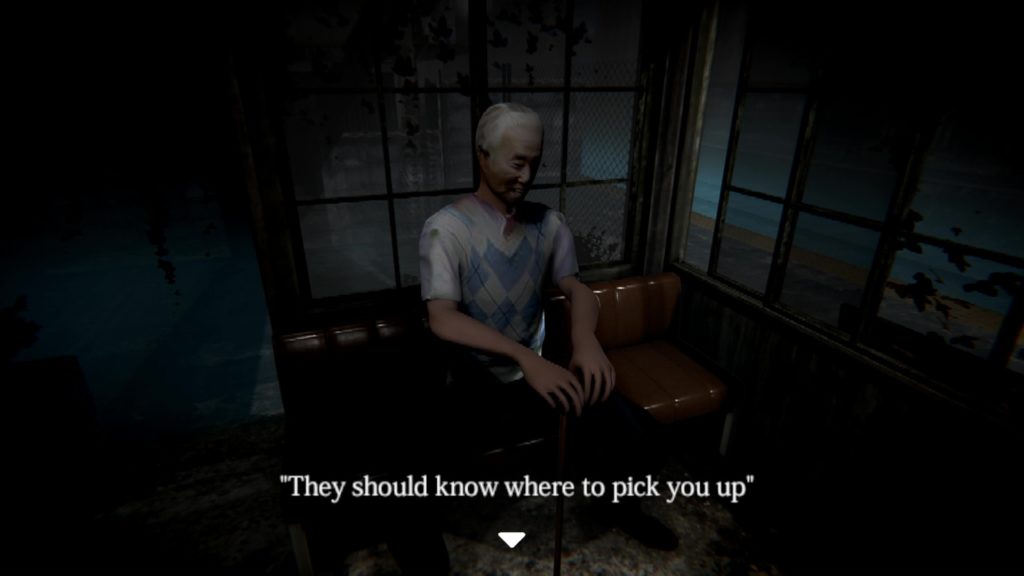
This isn’t a game to play if you want in-your-face jumpscares or indeed any sort of action-packed gameplay; it is instead a thoroughly contemplative experience with a couple of lightweight puzzles, a bit of character interaction and a beautifully rendered little world to explore. Much like Chilla’s Art’s other games, this might not appeal to everyone out there — but if you’re in the mood for an interactive short story that follows the best traditions of Japanese ghostly tales, The Ghost Train is definitely a good use of an hour and a half or so.
And given that the price of admission is only a couple of quid, this is a trip you can afford to take without feeling like you’re really taking a risk. So jump on board and join us; you might want to bring a torch, though.
The Ghost Train is available for PC via Steam. Chilla’s Art can be supported on Patreon here.
Join The Discussion
Rice Digital Discord
Rice Digital Twitter
Rice Digital Facebook
Or write us a letter for the Rice Digital Friday Letters Page by clicking here!
Disclosure: Some links in this article may be affiliate links, which means we may earn a small commission if you make a purchase after clicking on them. This is at no additional cost to you and helps support Rice Digital!
- Letter from the Editor: passing the torch - June 30, 2023
- Super Woden GP 2 is looking promising - June 30, 2023
- Inti Creates is making a 32 bit-style Love Live action platformer - June 26, 2023





